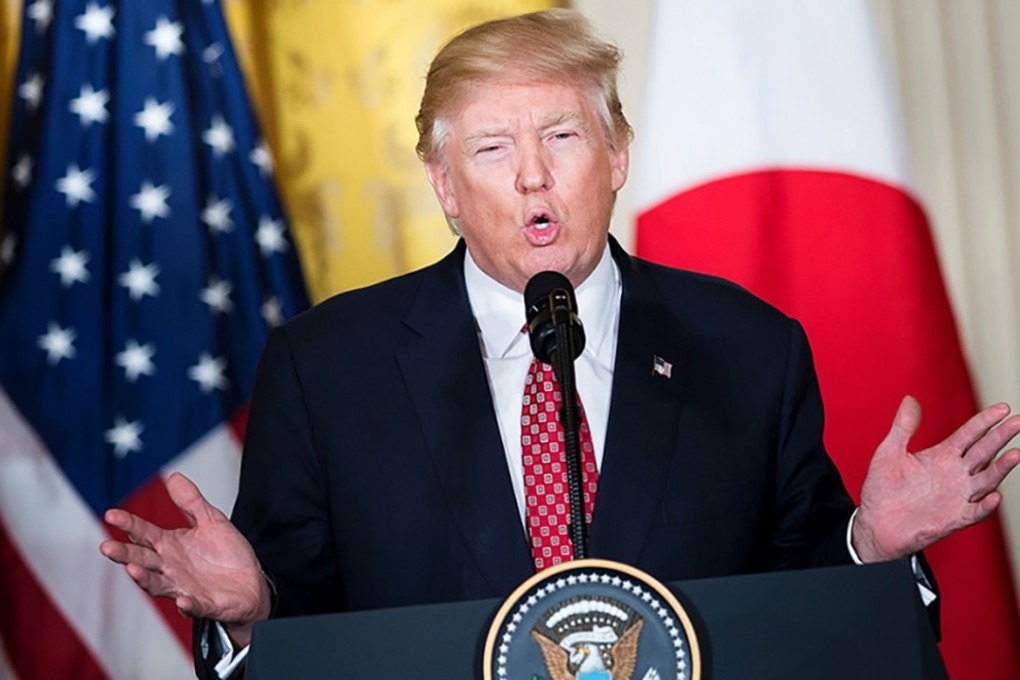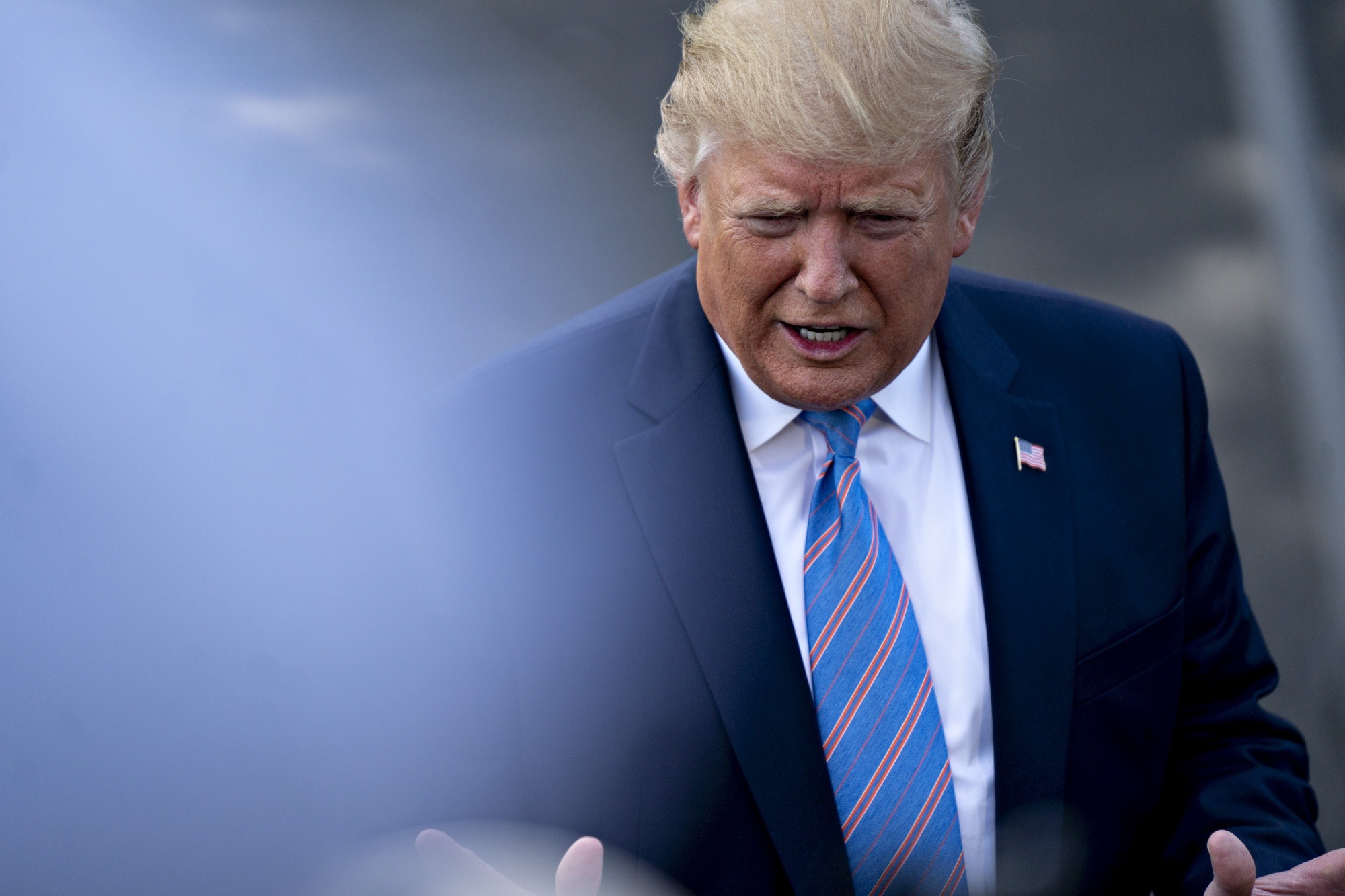The strength of the dollar against weaker Asian currencies has become a focal point as the possibility of interest rate cuts by the Federal Reserve diminishes. This shift in economic dynamics has drawn attention from various quarters, including former President Trump.
Trump recently voiced concerns about the impact of the strong dollar on U.S. exports, particularly in relation to currencies like the Japanese yen. He criticized the practice of deflating currencies to boost exports, warning of its adverse effects on American manufacturers and competitiveness.

Donald Trump (Credits: POLITICO.eu)
The recent joint statement by the U.S., Japan, and South Korea on the depreciation of Asian currencies against the dollar suggests a shared acknowledgment of the issue. Analysts interpret this as a potential signal of tacit approval by the U.S. for measures taken by Japan and South Korea to stabilize their currencies.
The dollar’s strength is evident in its exchange rates with currencies like the Japanese yen, the Chinese renminbi, and the South Korean won, all reaching certain levels. This volatility in currency markets has been influenced by factors such as high U.S. interest rates and rising Treasury yields, attracting foreign investment.
In response to these developments, central banks in Japan and China are considering adjustments to monetary policy. The Bank of Japan hinted at potential interest rate hikes, signaling a departure from its longstanding quantitative easing approach.

Donald J Trump (Credits: South China Morning Post)
Similarly, Chinese policymakers are deliberating on measures to stimulate the domestic economy while maintaining control over the renminbi.
Meanwhile, the dollar’s strength extends beyond Asian currencies, affecting currencies like the British pound sterling and the Euro. This momentum is driven by expectations of sustained high interest rates in the U.S., supported by robust economic performance data.
The dynamics of currency markets underscore the interconnectedness of global economies and the implications of monetary policies on exchange rates and trade dynamics.























